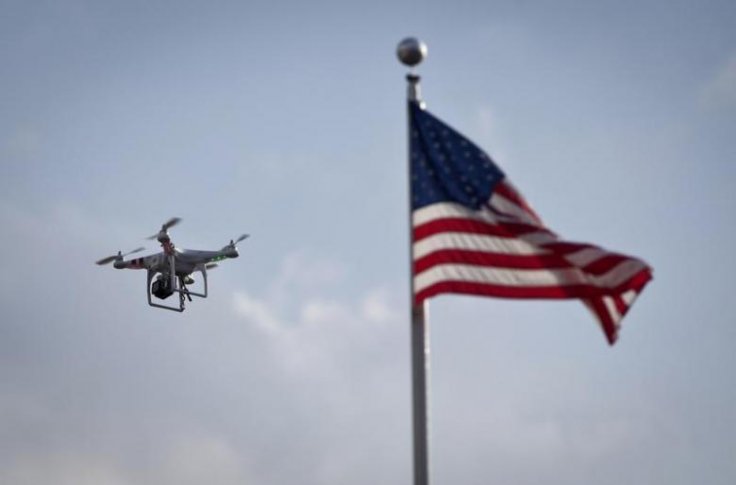In the aftermath of the crash of a Sikorsky S-76 helicopter that claimed the life of NBA legend Kobe Bryant on Sunday, the FAA (Federal Aviation Administration) has imposed flying restrictions around the crash site.
The crash left Bryant and eight others on board killed instantly, including Bryant's 13-year-old daughter, Gianna "Gigi" Bryant.
FAA shuts down airspace after drones flock to crash site
The FAA's flying restrictions came into effect on Sunday itself and will remain effective until Jan. 31, according to the agency's website. Shortly after the crash, news outlets, rescue crew and law enforcement helicopters and aircrafts flooded to the scene.

While this was bound to happen given the nature of the incident, a spokesperson for the FAA told Business Insider that the decision to shut down the airspace was taken due to a "significant number of aircraft, including drones," started hovering over the location of the crash. The restriction extends up to five nautical in every direction from the site up to 5,000 feet above sea level.
Drones dangerous for nearby aircraft
While it has not been specified how many drones were operating in the area, it's common to see the devices in the skies thanks to their aerial photography and videography capabilities. Most drones are equipped with cameras, which allow operators to get closer to a crash site than a normal helicopter would, making them favourable option for capturing footage.
However, drones have a track record of being unreliable and potentially dangerous to nearby aircraft as the operator does not have a 360-degree field of view, making it difficult to prevent a collision with nearby aircraft, five of which were in close proximity to the crash site on Sunday, according to FlightRadar24.

Drones, being small and compact, can have a devastating effect on aircraft, as documented by FAA researchers in an FAA report pointing out that the harder materials and components that drones are made up of, deal most of the damage.
Recognizing this threat, airports and modern aircraft have now come up with ways to detect and avoid a collision with drones after drone sightings led to planes being grounded, impacting thousands of flights and costing airlines millions of dollars due to flight delays and cancellations, as reported by CNN.









